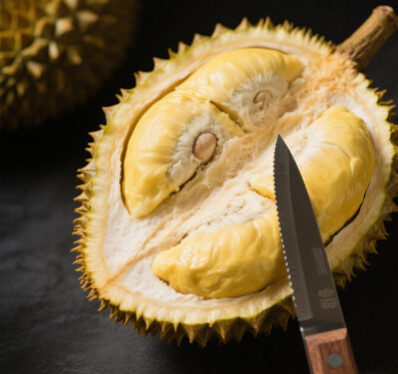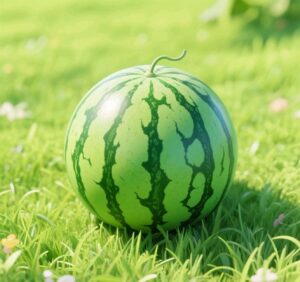On July 17, 2025, Cambodia officially entered China’s lucrative durian market with its inaugural shipment of 17 metric tons of premium-grade durian from Sihanoukville Port to Shenzhen. This landmark export represents a strategic expansion of Cambodia’s agricultural exports and signals potential market realignment in Southeast Asia’s competitive durian trade.
Supply Chain Development: HF Fruit’s Pioneering Role
Leading this breakthrough is Cambodian firm HF Fruit Co., Ltd., which established a comprehensive durian export infrastructure:
• May 2025: Launched durian packaging facility in Tbong Khmum Province
• Supply chain model: Direct procurement from local growers with quality-based pricing
• Initial capacity: Dozens of tons for China export, with expansion plans
“HF Fruit’s investment has transformed our local durian economy,” stated Hing Bithy, Director of Tbong Khmum Provincial Agriculture Department. “The new collection and packaging center reduces farmers’ logistics costs by approximately 30% while improving quality standards.”
Cambodia’s Durian Production Landscape
The emerging durian sector demonstrates significant growth potential:
| Metric | National Data | Tbong Khmum Province |
|---|---|---|
| Total Planted Area | 5,289 ha | 950 ha |
| Productive Area | 3,403 ha | 580 ha |
| Annual Production | 36,656 tons | 6,500 tons |
| GACC-Certified Facilities | 112 farms + 30 packhouses | N/A |
Strategic Implications for Regional Trade
Cambodia’s market entry introduces new dynamics to Southeast Asia’s $6 billion durian trade:
-
Competitive Advantages
-
Lower production costs compared to Thailand/Vietnam
-
Improving post-harvest infrastructure with Chinese investment
-
Favorable trade relations under RCEP framework
-
-
Market Disruption Potential
While current production represents just 2% of Thailand’s output, analysts note:-
Rapid infrastructure development (30+ Chinese-backed processing plants)
-
400% growth in planted area since 2020
-
Strategic focus on premium-grade exports
-
-
China’s Diversification Strategy
Cambodia becomes the fifth fruit exporter to China (after banana, mango, longan, and coconut), aligning with:-
China’s “Belt and Road” agricultural cooperation
-
Cambodia’s export-oriented agricultural policy reforms
-
Industry Outlook: The Next Five Years
Market analysts project Cambodia could capture 5-8% of China’s durian imports by 2030, contingent upon:
✓ Continued Chinese investment in cold chain infrastructure
✓ Expansion of GACC-certified production bases
✓ Maintenance of phytosanitary standards
✓ Development of distinct Cambodian durian varieties
“This isn’t just about new supply—it’s about reshaping quality expectations and pricing structures in the regional durian trade,” noted a Shenzhen-based import analyst. “Cambodia’s late-mover advantage allows it to implement modern standards from inception.”
The Cambodian Ministry of Agriculture has announced forthcoming policies to strengthen export-oriented agribusiness development, suggesting this initial durian shipment may represent the beginning of a more significant agricultural trade transformation.









